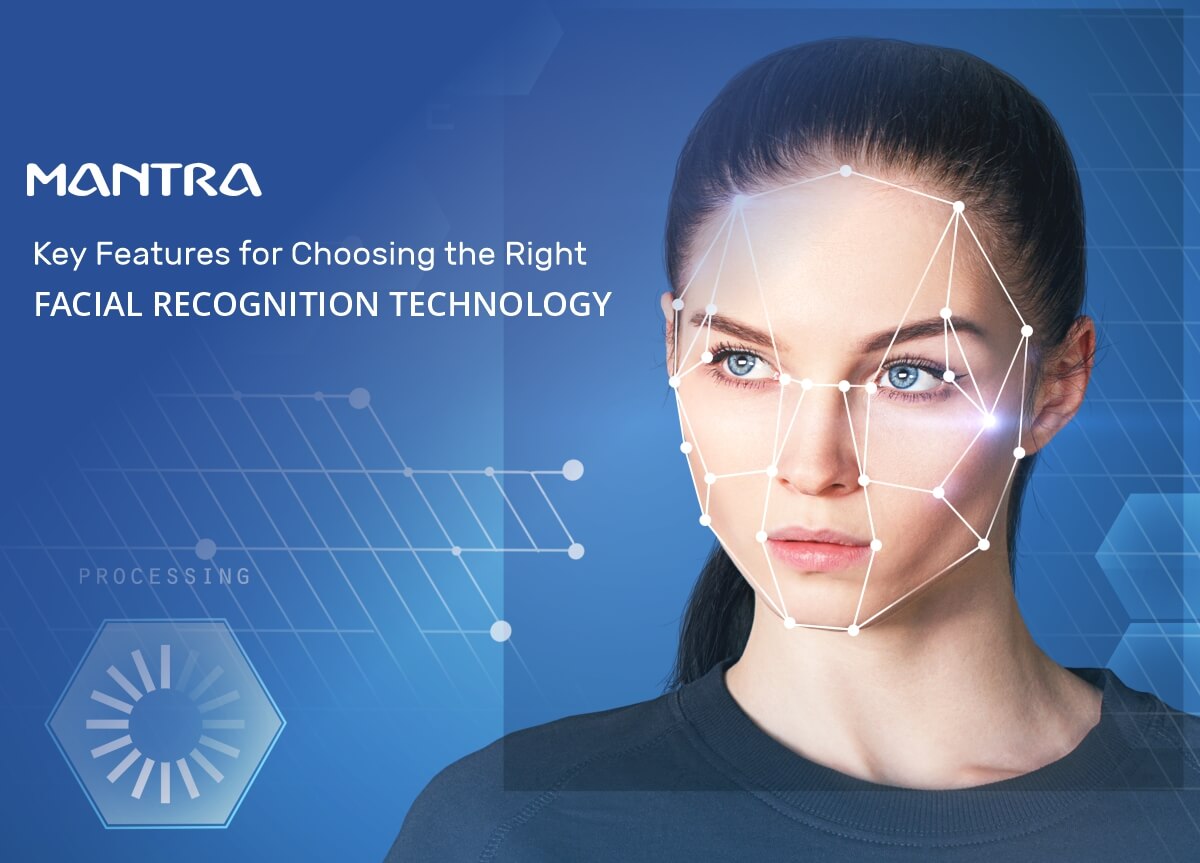
Essential Features of Facial Recognition Technology
Facial recognition technology is rapidly advancing, gaining prominence across diverse industries and applications within the realm of biometric authentication. Making an informed choice for your organization involves careful consideration of factors such as privacy, security, usability, and the overall customer experience. Here, we outline seven critical features to prioritize when evaluating facial recognition solutions.
Matching Performance & Accuracy by NIST:
When assessing biometric accuracy, prioritize solutions consistently excelling in the NIST Face Recognition Vendor Test (FRVT) benchmarks. Look for performance excellence in 1:1 verification, 1:N identification, and specialized applications like Paperless Travel. High accuracy enhances user experience and ensures the dependability of identity verification processes.
A technique for eliminating bias in matching algorithms:
Addressing concerns about bias is crucial in facial recognition technology. Opt for solutions utilizing extensive and ethically sourced datasets, encompassing diverse age groups and racial characteristics. Diverse training sets help eliminate bias, promoting inclusivity and fairness in various applications.
Recognition for exceptional performance in the wild:
Real-world scenarios pose challenges for facial recognition systems due to lighting variations, poses, expressions, and diverse backgrounds. Choose systems employing advanced technologies like artificial intelligence (AI), machine learning (ML), and multispectral imaging (MSI), coupled with advanced camera systems for reliable performance in diverse circumstances.
Detection of spoofing attacks in presentations (PAD):
Combatting creative criminals requires advanced PAD. Choose systems meeting ISO 30107 standards, capable of detecting active and passive liveness with high accuracy. Advanced PAD mitigates the risk of unauthorized access or misidentification, ensuring a higher level of security.
Customized ID proofing for extensive document verification:
Opt for facial recognition technologies offering multifaceted approaches, including document verification and identity proofing. Ensure flexibility with various document types from different regions, allowing customization for specific use cases such as eKYC.
Privacy and security are of utmost importance:
Prioritize solutions designed for maximum protection, featuring on-device biometric data processing, robust endpoint security measures, and encryption across all endpoints. Choose systems that never retain or store biometric data or personally identifiable information (PII).
Fast, Flexible Deployment with a Modular Approach:
Choose a facial recognition partner that offers a modular approach to deploying new technologies. Opt for component-based solutions that meet immediate authentication needs with the flexibility to expand as requirements evolve, ensuring seamless integration into existing systems without disruptive 'rip-and-replace' endeavors.
There are many other features that make frictionless biometric identification and authentication effective, but this checklist provides a good starting point for exploring the options.
Comments